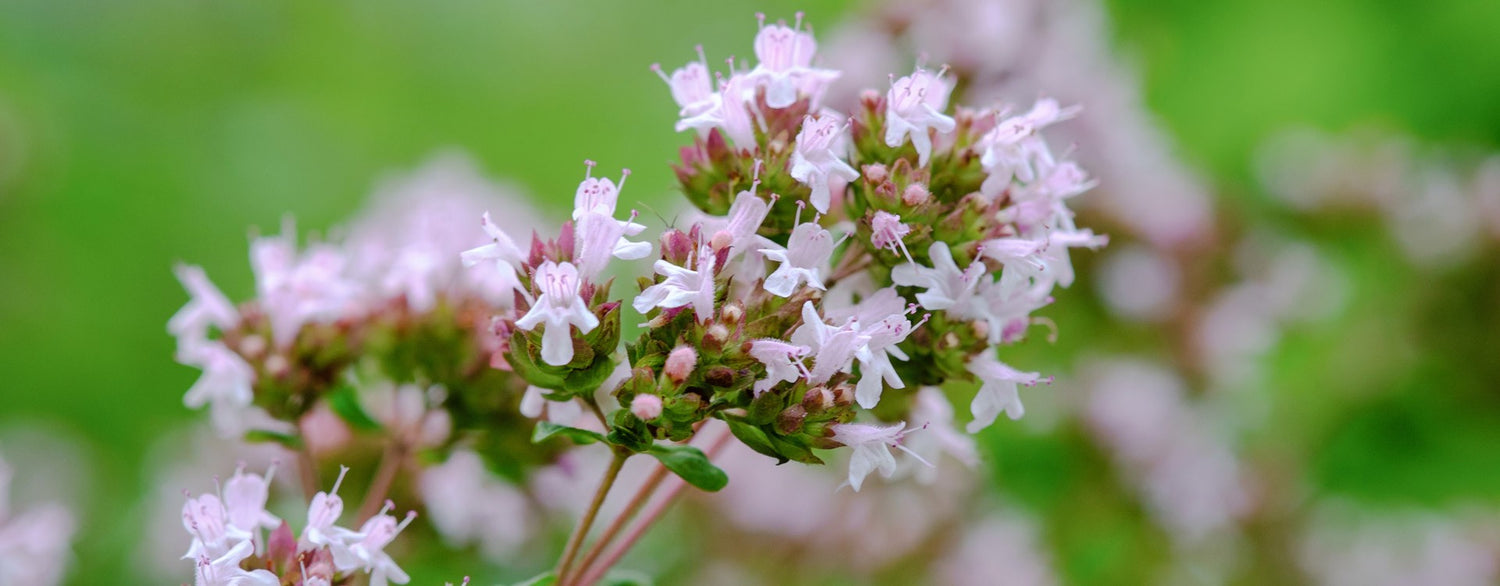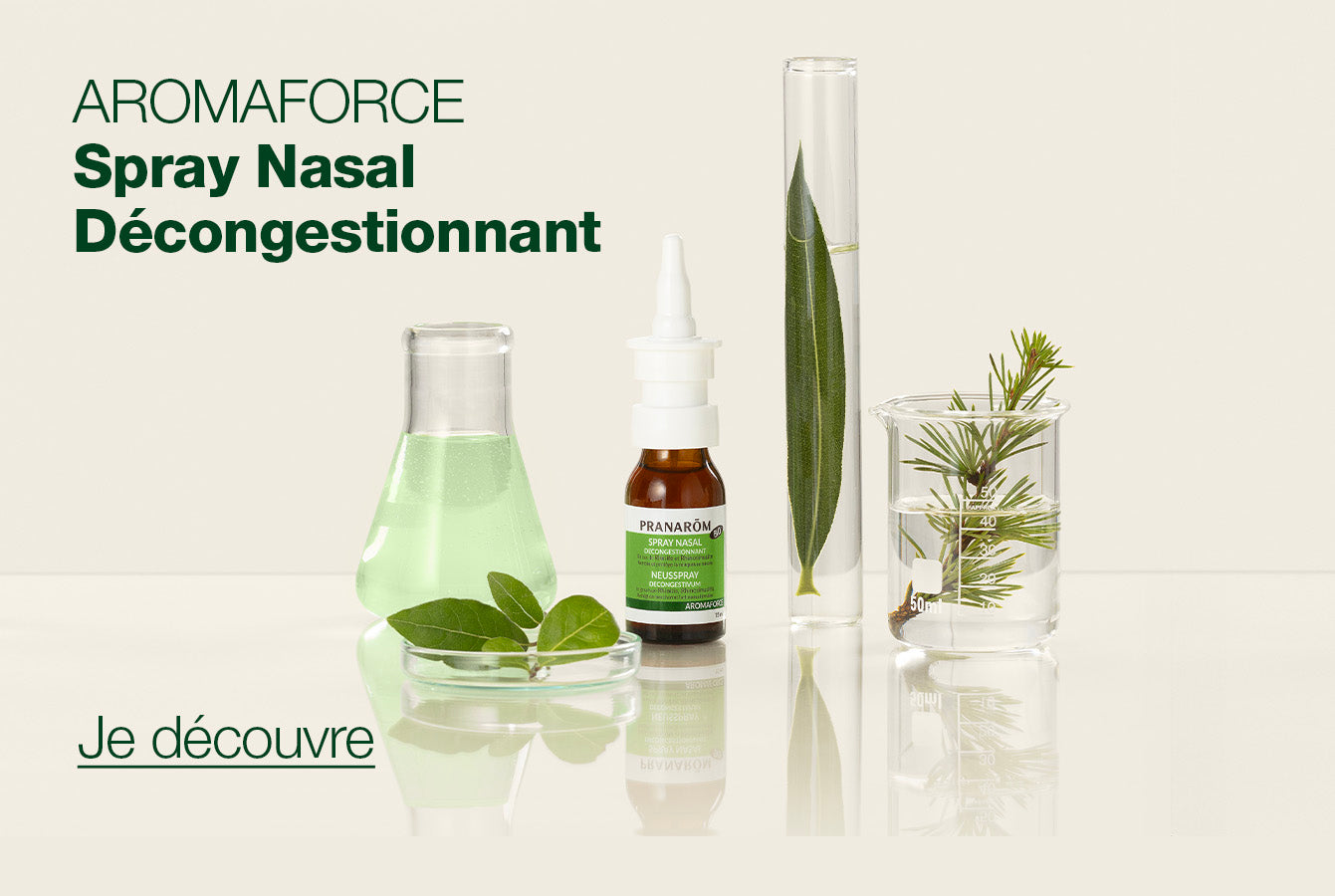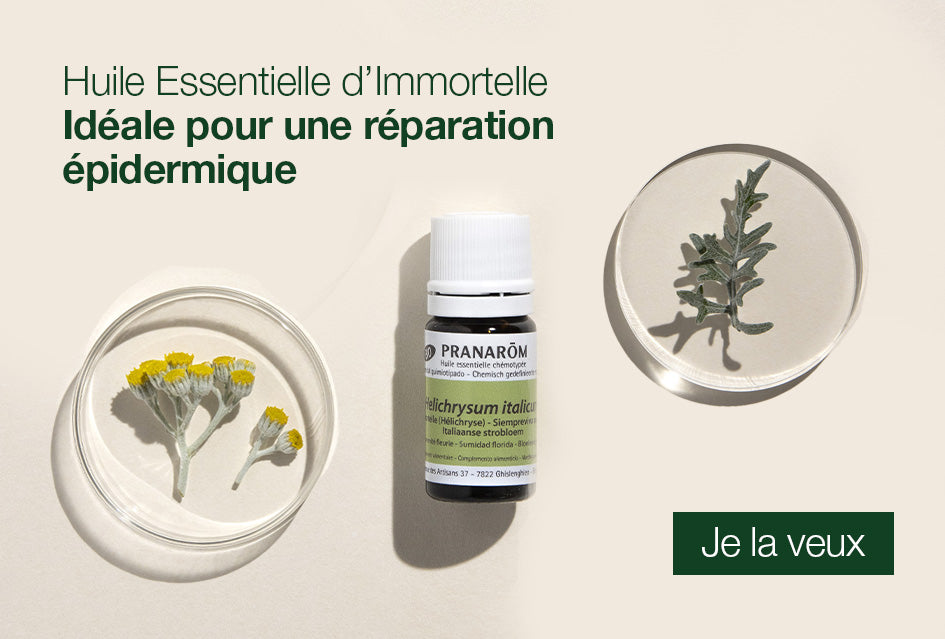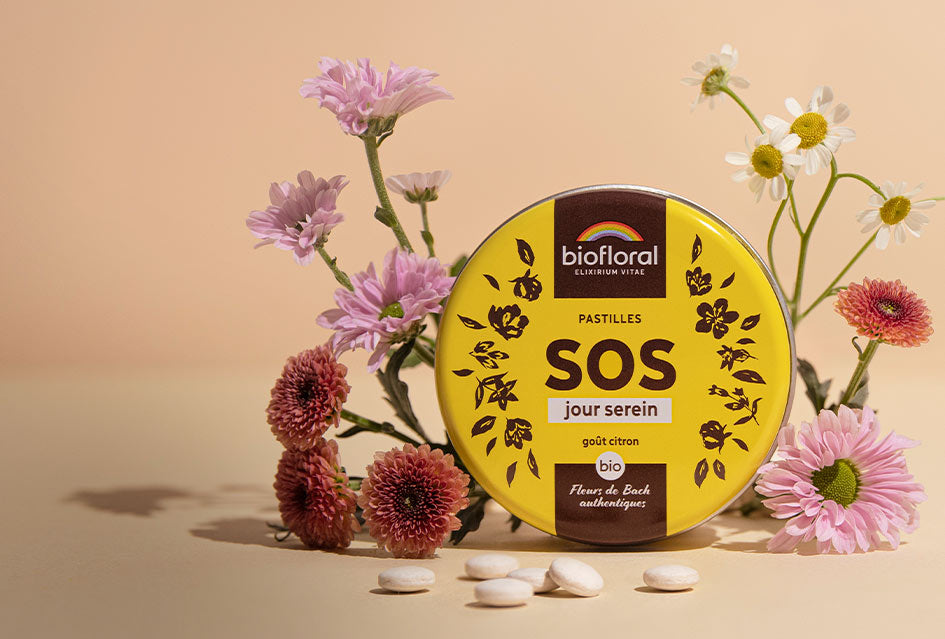In the present study, essential oil of Origanum compactum was analysed and its chemical composition was identified by gas chromatography coupled to mass spectrometry (GC-MS). Among thirty two assayed constituents, carvacrol (30.53%), thymol (27.50%) and its precursor g-terpinene (18.20%) were found to be the major components. The oil was investigated for its in vitro antibacterial activity against a panel of standard reference strains using well diffusion and broth dilution methods. In solid medium, the oil was found to be remarkably active against all tested strains except Pseudomonas which showed resistance.
Antibacterial and antioxydant activities of origanum compactum essential oil












